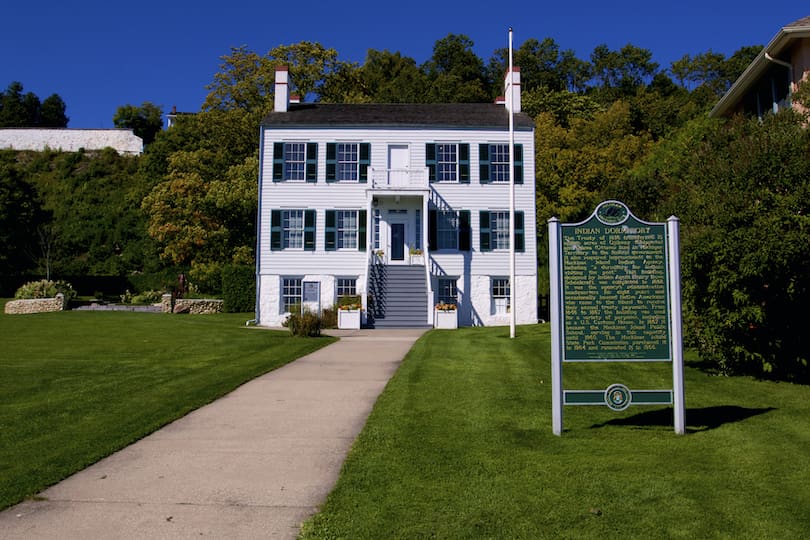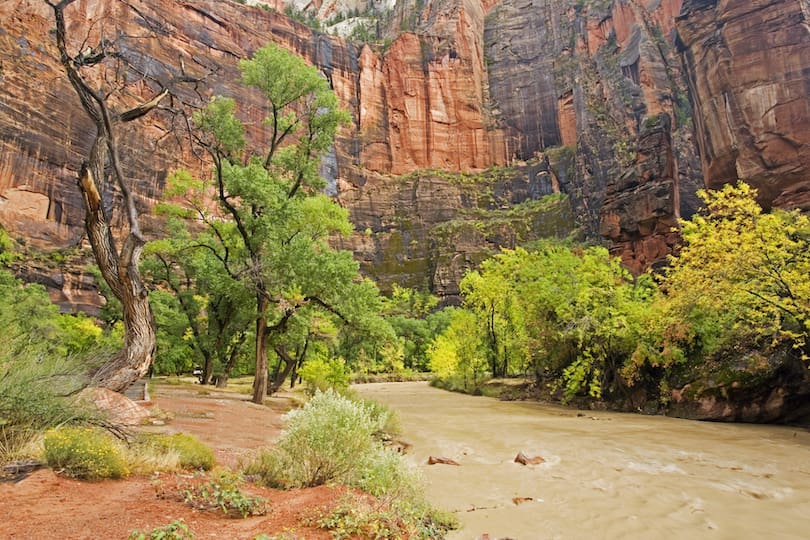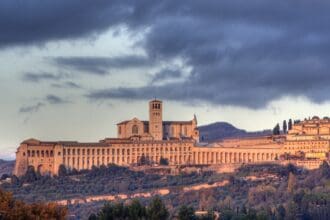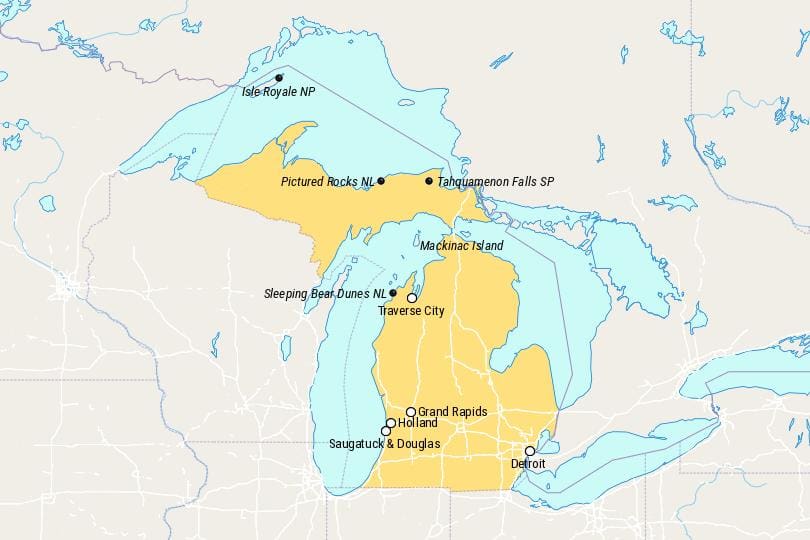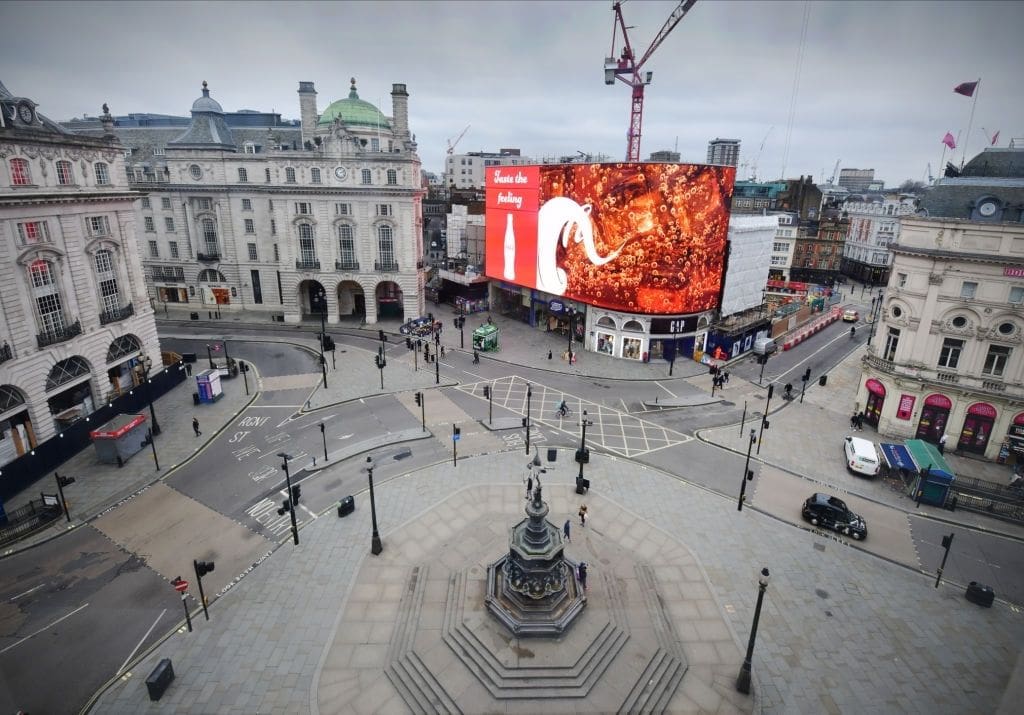Kedarnath Temple is a Hindu temple located in the Himalayan region of Uttarakhand, India. It is one of the four sacred shrines of the Char Dham Yatra and is dedicated to Lord Shiva. The temple is situated at an altitude of 3,583 meters above sea level and is surrounded by snow-capped mountains, making it a popular destination for pilgrims and tourists alike.
History of Kedarnath Temple
The history of Kedarnath Temple dates back to ancient times and is shrouded in legends and mythology. According to Hindu mythology, the Pandavas from the Mahabharata epic were searching for Lord Shiva to seek his blessings and absolve themselves of their sins. Lord Shiva, however, did not want to meet them and disguised himself as a bull to escape their pursuit. The Pandavas, however, managed to recognize him and held onto him. Lord Shiva then entered the earth at Kedarnath, leaving behind his hump at the spot where the temple now stands.
The temple was built in the 8th century AD by Adi Shankaracharya and has undergone several renovations and restorations since then. It has been destroyed and rebuilt many times due to natural disasters, including earthquakes and floods.
Location of Kedarnath Temple
Kedarnath Temple is located in the Himalayan region of Uttarakhand, India. It is situated in the Rudraprayag district and is surrounded by the Kedarnath Wildlife Sanctuary. The location of the temple is significant as it is believed to be the place where Lord Shiva went into meditation after the Kurukshetra war.
The surrounding area is also home to several other attractions and places of interest, including the Vasuki Tal, Gandhi Sarovar, and the Gaurikund.
Legend of Kedarnath Temple
Kedarnath Temple is steeped in mythology and legend. According to Hindu mythology, the temple is one of the twelve jyotirlingas of Lord Shiva and is believed to be the place where he appeared in his natural form. The temple is also associated with the Mahabharata epic and the Pandavas.
The legend of the temple is further enriched by the story of Adi Shankaracharya, who is said to have rediscovered the temple in the 8th century AD. It is believed that he found the temple buried under layers of snow and reestablished it as a place of worship.
Architecture and Design of Kedarnath Temple
Kedarnath Temple is known for its unique architecture and design. It is built in the North Indian style of temple architecture and has a rectangular shape with a Garbhagriha (sanctum sanctorum) and a Mandapa (hall) at the front. The temple is made of large stone slabs and has a shikara (spire) at the top.
The temple has several unique features, including the carved wooden doors, the Nandi statue, and the silver-plated bull that is placed outside the temple. The temple also has several other sections, including the Udgam Kund, the Kedarnath Peak, and the Bhairav Temple.
The temple has undergone several renovations and restorations over the years, including the most recent one in 2013 after it was damaged in the Uttarakhand floods.
Rituals and Festivals of Kedarnath Temple
Kedarnath Temple is a place of worship for Lord Shiva and has several daily rituals and offerings. The temple opens at 6 am every day and closes at 3 pm during winters and at 7 pm during summers. The daily rituals include the Abhishekam, the Rudrabhishekam, and the Shringar Darshan.
The Kedarnath Yatra is also an important pilgrimage for Hindus. It starts in April/May and continues till October/November, depending on the weather conditions. The yatra involves trekking for 14 kilometers from Gaurikund to Kedarnath and back.
The temple also celebrates several festivals throughout the year, including the Maha Shivaratri, the Annakoot, and the Shravan Mas. These festivals are marked by special rituals and offerings and attract a large number of devotees.
Tourism and Accommodation at Kedarnath Temple
Kedarnath Temple is a popular destination for tourists and pilgrims alike. The temple is accessible by foot or by helicopter and can be reached from several cities in Uttarakhand. The surrounding area is also home to several other tourist attractions, including the Kedarnath Wildlife Sanctuary, the Vasuki Tal, and the Gandhi Sarovar.
There are several accommodation options available for visitors to Kedarnath, including dharamshalas, guesthouses, and hotels. The government also provides several facilities, including food and medical services, for the convenience of visitors.
Preservation and Conservation of Kedarnath Temple
Kedarnath Temple is a heritage site and is under the purview of the Archaeological Survey of India. The temple has undergone several preservation and conservation efforts over the years, including the restoration work after the Uttarakhand floods in 2013.
However, the preservation and conservation of the temple are not without challenges. The remote location of the temple, coupled with the harsh weather conditions, makes it difficult to maintain the temple. Additionally, the high footfall of visitors during the yatra season also puts a strain on the temple’s infrastructure.
Conclusion
Kedarnath Temple is an important religious and cultural site in India. It is steeped in mythology and history and attracts a large number of visitors every year. However, it is also important to preserve and conserve the temple for future generations to come. Visitors should also be mindful of the temple’s sanctity and follow the rules and regulations to ensure its preservation.
FAQs
- How do I reach Kedarnath Temple?
Answer: Kedarnath Temple is located in the Uttarakhand state of India and can be reached by foot or by helicopter from several cities in the state. The nearest airport and railway station are in Dehradun, from where one can hire a taxi or take a bus to reach Kedarnath.
- What is the best time to visit Kedarnath Temple? Answer: The best time to visit Kedarnath Temple is during the summer months of April to June and the autumn months of September to November. The weather is pleasant during these months and the yatra is also open for visitors.
- What are the accommodation options available near Kedarnath Temple? Answer: There are several accommodation options available near Kedarnath Temple, including dharamshalas, guesthouses, and hotels. The government also provides several facilities, including food and medical services, for the convenience of visitors.
- Is Kedarnath Temple accessible for people with disabilities? Answer: The trek to Kedarnath Temple can be difficult and challenging, and may not be accessible for people with disabilities. However, arrangements can be made for people with disabilities to reach the temple by helicopter.
- What are the rules and regulations to be followed while visiting Kedarnath Temple? Answer: Visitors to Kedarnath Temple are required to follow certain rules and regulations, including dressing modestly, not carrying any leather items or non-vegetarian food, and not taking photographs inside the temple premises. Visitors should also respect the sanctity of the temple and maintain cleanliness in and around the temple.


